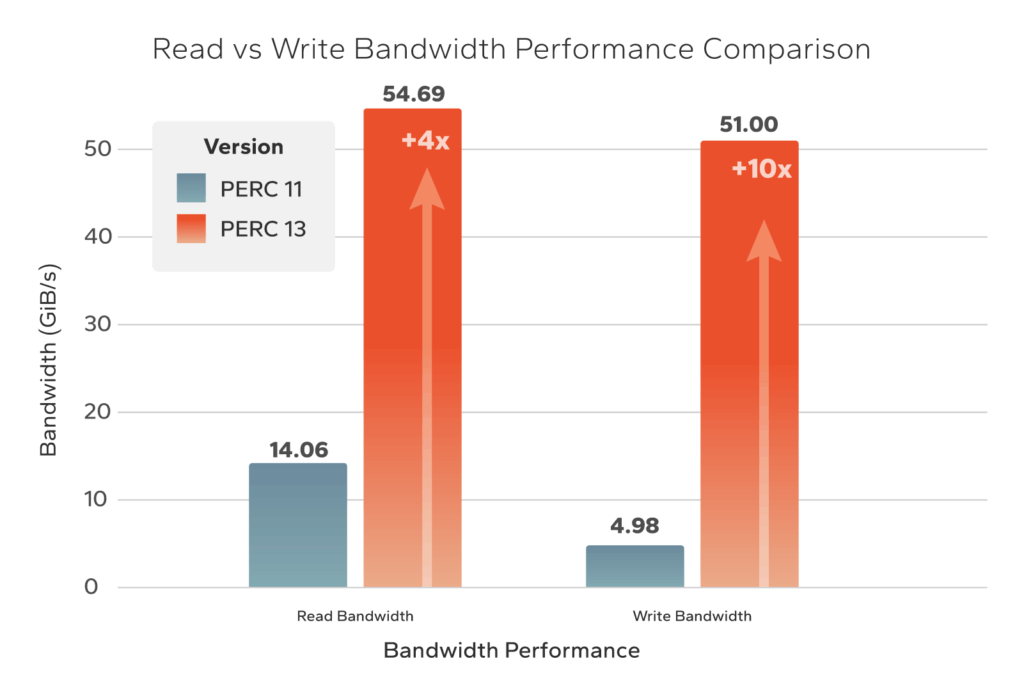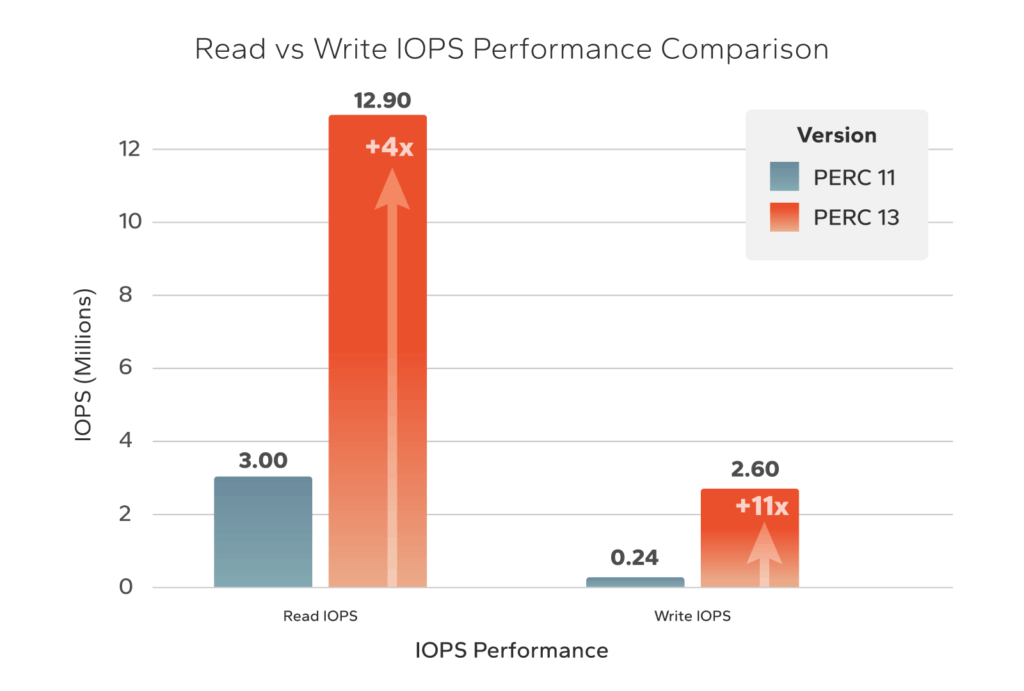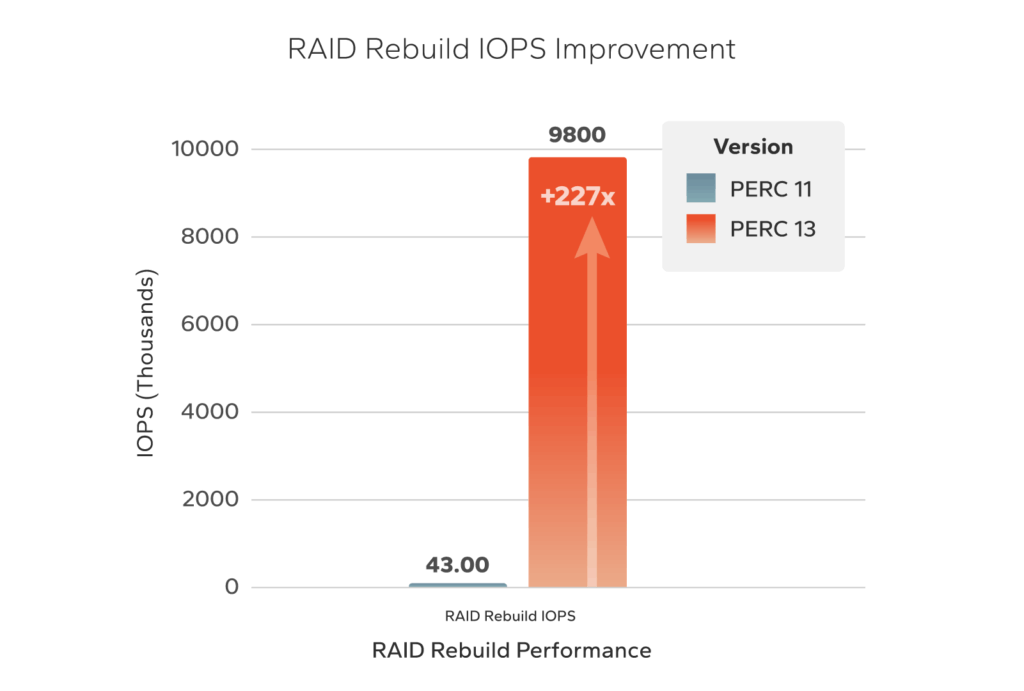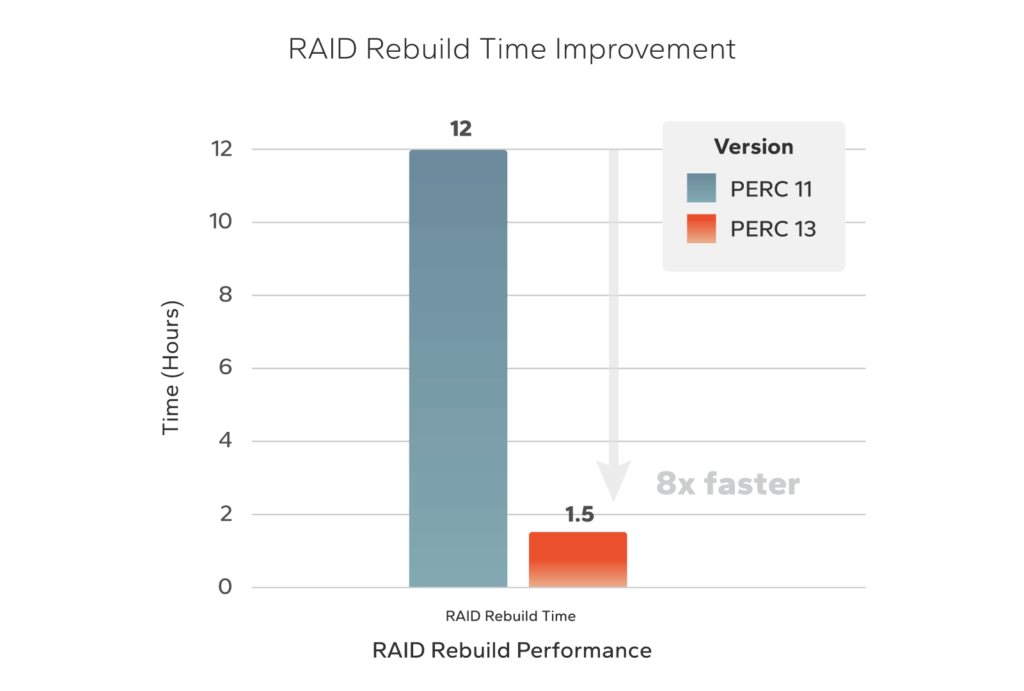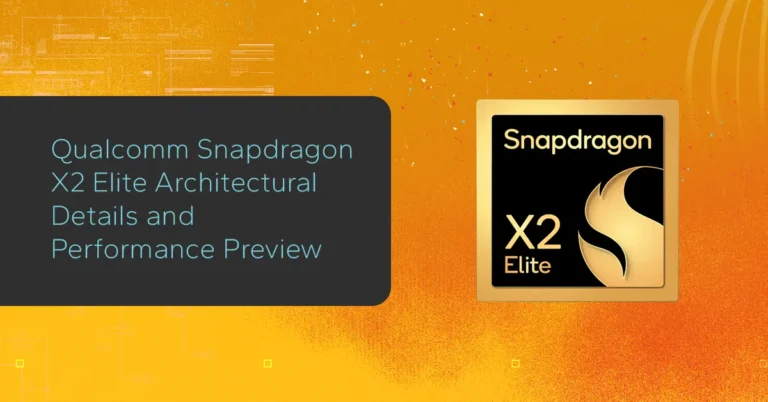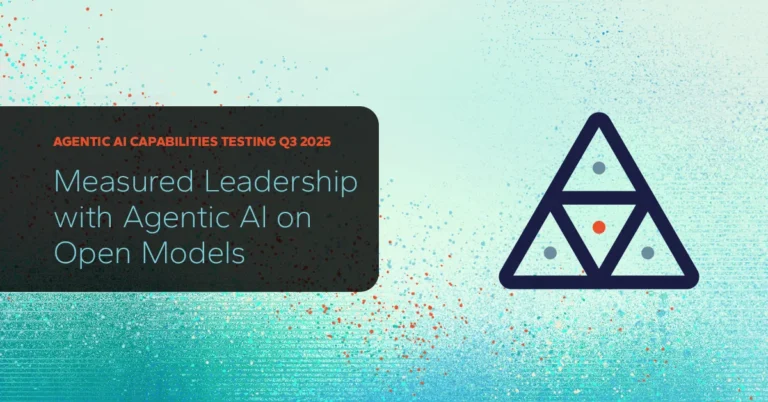PERC HARDWARE RAID EVOLUTION:
A Performance Revolution for Dell PowerEdge
-
 Brian Martin
Brian Martin
Executive Summary
The evolution of hardware RAID technology, as demonstrated by the advancement from the PERC 11 Series to the PERC 13 Series, represents a significant leap forward in storage performance and reliability for enterprise customers. This brief analyzes the compelling performance improvements and their impact on real-world applications, making a strong case for hardware RAID adoption in modern PowerEdge server architectures.
Key Performance Improvements
Recent generational advances in hardware RAID technology have delivered unprecedented performance gains across all critical metrics:
- Storage Operations Processing: Read and write operations have seen dramatic improvements, with read IOPS increasing from 3.0M to 12.9M (4x improvement) and write IOPS soaring from 240K to 2,600K (11x improvement) on RAID 5 configurations.
- Bandwidth Optimization: Read bandwidth has increased from 14,400 MB/s to 56,000 MB/s, while write bandwidth has grown from 5,100 MB/s to 51,000 MB/s, representing 4x and 10x improvements respectively on RAID 5 configurations.
- System Responsiveness: Write latency has been reduced from over 200 microseconds to just 6 microseconds, a 33x improvement that directly impacts application performance.
- Rebuild Performance: Write performance under rebuild has increased over 200x, while RAID rebuild occurs up to 8x faster.
Business Impact Analysis
Advantages
Dell’s competitive differentiation has been strengthened significantly through these advances. The company now offers servers with demonstrably superior storage performance. These performance metrics create compelling value propositions for enterprise customers seeking high-performance storage solutions.
Dell Enterprise Customer Benefits
PowerEdge storage uptime and scaleability have also seen marked improvements. RAID rebuild times have been dramatically reduced from 80min/TB to just 10min/TB, eliminating performance impact to all enterprise applications during unexpected storage device failure.
In terms of operational excellence, the dramatic reduction in storage latency has enabled near real-time application responses. The increased bandwidth now supports higher concurrent user loads, while improved RAID rebuild performance helps maintain optimal server system availability.
The total cost of ownership benefits is equally compelling. The 227-fold improvement in performance during RAID rebuilds minimizes business disruption, while reduced system downtime during maintenance operations enhances overall productivity. The enhanced performance capabilities have effectively eliminated the need for over-provisioning, leading to more efficient resource utilization.
Technical Deep Dive
PowerEdge latest hardware RAID solutions demonstrate significant architectural advancements:
1. Bandwidth and IOPS Optimization:
- 56,000MB/s read and 51,000MB/s write bandwidth enables balanced workload handling
- 4x improvement in read operations supports demanding database applications
- 11x write bandwidth increase facilitates large-scale data ingestion
2. Operational Resilience:
- 227x improvement in rebuild performance (from 43K to 9,800K IOPs)
- 8x faster RAID rebuilds under load for a 9TB drive (80min/TB going to 10min/TB)
- Maintained performance during degraded array operations
The combined performance improvement under rebuild along with the reduction in rebuild time broadens the scope of potential applications for these solutions.
Refresh Considerations
For PowerEdge Customers:
- Consider hardware RAID for high-performance servers to leverage the significant performance improvements
- Prioritize mission-critical applications for PERC 13 upgrades to benefit from the reduced write latency
- Implement automated rebuild protocols to take advantage of faster RAID rebuilds with less performance impact
Conclusion
The generational improvement in PERC 13 hardware RAID technology represents a paradigm shift in storage performance and reliability. For Dell’s enterprise customers, these advances provide clear competitive advantages and operational benefits. Dell customers benefit from dramatically improved performance, reliability, and total cost of ownership. The data strongly supports standardizing on PERC 13 hardware RAID solutions for enterprise server implementations.
Test Configuration Note:
Performance metrics cited in this document were measured using a Dell PowerEdge R7725 server equipped with 16 3TB NVMe drives configured as 4 RAID 5 volumes of 4 physical drives each. All standardized testing was conducted in a controlled environment with consistent workload patterns to ensure accurate comparison between PERC 11 Series and PERC 13 Series hardware RAID controllers.
*Analysis based on comparative performance metrics between PERC 11 Series and PERC 13 Series hardware RAID solutions. All performance improvements verified through standardized testing.
